

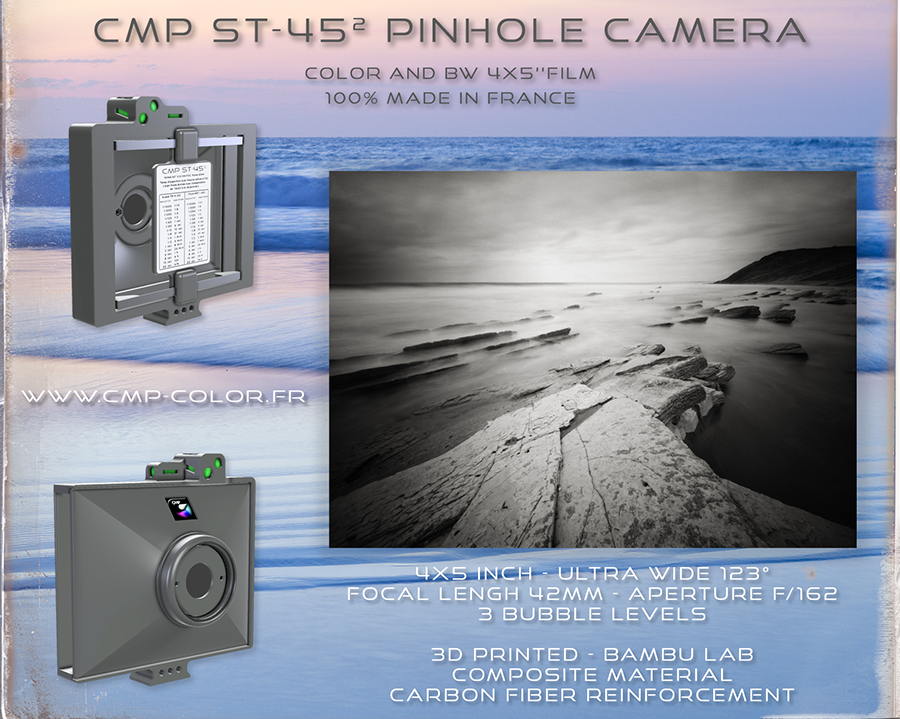
 Sténopé / Pinhole CMP ST-45²
Sténopé / Pinhole CMP ST-45²
3D printing and wide-angle pinhole photography are on the rise right now. It seemed to me interesting to combine my photographic passion and my interest for current technologies: use a 3D printer to make my own photographic equipment. If a pinhole remains a fairly simple camera, the use of a 3D printer requires the mastery of techniques that require learning: 3D modeling (design of the model in a specialized software), the choice of the printing software and its setting, the choice of the type of printer, the choice of the material used ...
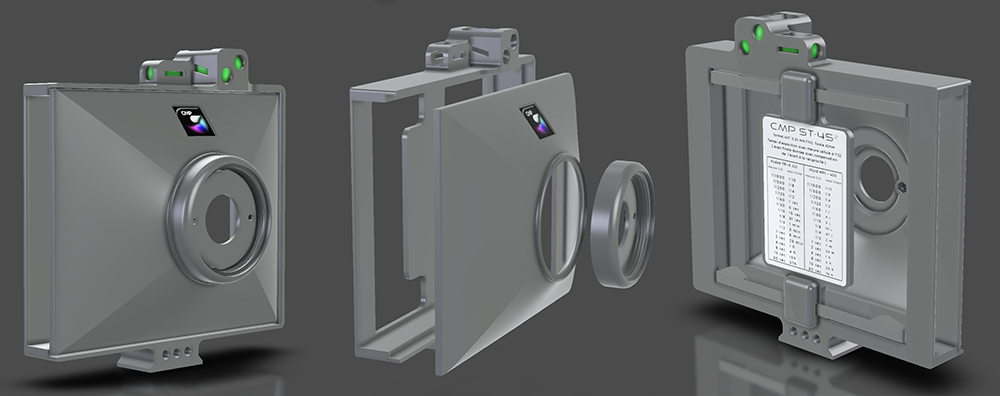
3D design / modeling Pinhole CMP ST-45² - 4x5 inch format, focal length 42mm, f / 162 aperture
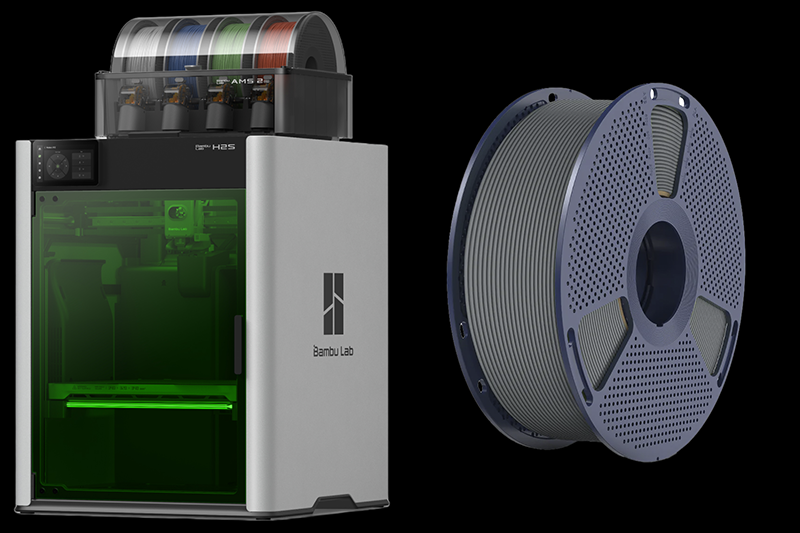
BAMBU LAB 3D printer and the material used for printing
It comes in the form of a roll of 1.75 mm diameter wire.
The biopolymer material is reinforced with carbon fiber for greater final rigidity.
During printing, the wire is melted and deposited in successive layers (between 0.10 and 0.20 mm) to create the printed object.
A pinhole camera is a very simple camera, without a complex optical device: a simple small hole replaces the lens and behaves like a center of symmetry: the light rays then pass through the pinhole without being diverted or focused. result is an image projected on the sensitive surface (the film), with a practically infinite depth of field, a total absence of distortion, a natural perspective, a fairly low resolution and vignetting in general. quite pronounced.
The rendering of a pinhole image is special: the center of the image is much better defined than the edges and corners, but remains rather poorly defined when compared to the one obtained with an optical system. We do not practice the pinhole for the rendering of details, we practice the pinhole because we appreciate its flaws!
The invention of pinhole dates from long before the appearance of photography since the first use was to study a solar eclipse using a pinhole. all cases this phenomenon was found and used well before having the possibility of fixing the images on a light-sensitive surface.
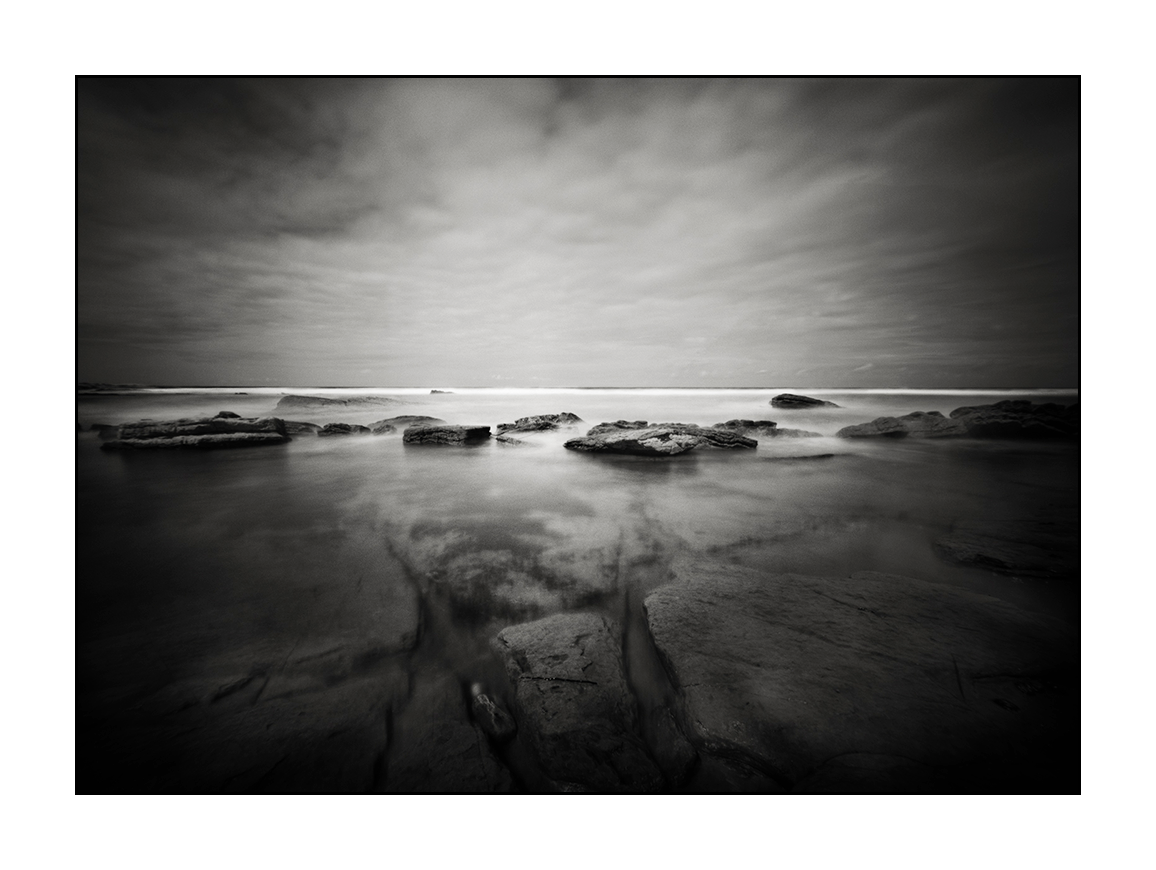
Basque Coast, CMP ST-45² Pinhole
The f/162 aperture generally requires long exposure times, but the result remains quite unique with a very wide angle of view (123°)
without any distortion or "wide-angle effect."
 CMP ST-45² Camera
CMP ST-45² Camera
The material used for 3D printing of the CMP ST-45 is a biopolymer manufactured in Austria, based on 100% renewable and purely natural organic compounds. in CO², biodegradable. It is the very type of material of the future, non polluting and recyclable naturally. A carbon fiber reinforcement is included in the structure to stiffen the assembly and a deep matte black paint based on silicone resin finishes the internal and external finish of the camera. A black velvet dresses part of the front of the device. Due to the 3D printing technique used, small surface imperfections may be present.
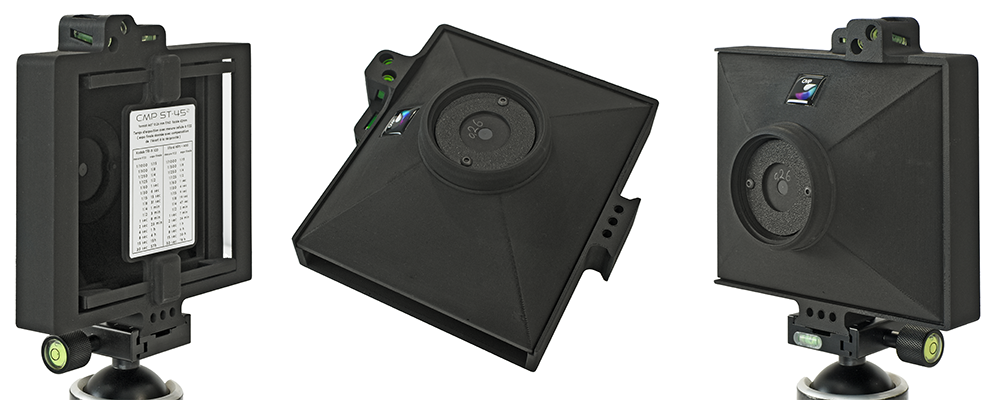
The CMP ST-45² body measures 16.5 x 16 x 7cm and weighs 275 grs, so very compact and very light. It accepts 4x5 inch film holders (Fidelity, Lisco and many others) and a tripod mount in Arca Swiss Classic format is integrated into the case. This type of particularly reliable tripod connection has become a standard in the professional world. An adapter is available as an option for tripods using standard Kodak screws.
The focal length being 42mm in 4x5 format, the field of view is 123° and this without any geometric distortion since the system does not include any lens. A pinhole camera does not have a viewfinder, the only framing indications are provided by the levels present on the upper face of the camera. On the CMP ST-45², 3 levels are integrated:
- 1 horizontal level (setting the horizon)
- 2 vertical levels with offset: the angle of the 2 levels is calculated so that the bubble of the left level is good when the horizon is at the upper third on the framed image. In the same way, the right level bubble indicates that the horizon will be at the bottom third of the photograph. 2 indications are a precious help for the framing in the absence of viewfinder since it is very easy to position the horizon at the top or bottom third of the image by following the indications of the left or right levels.
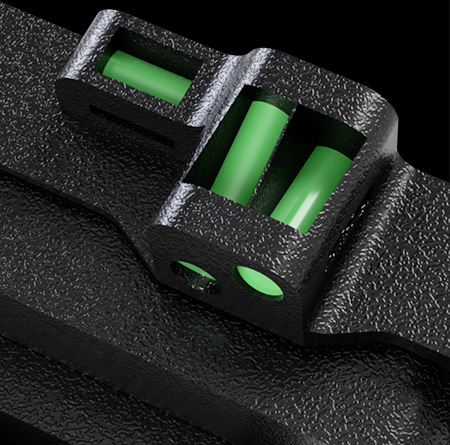
The pinhole (the hole through which the light passes) is manufactured by the french company SténoCaméra which is famous for making the best pinhole cameras on the market. Its diameter of 0.26mm was chosen according to the focal length and the film format used on the ST-45².
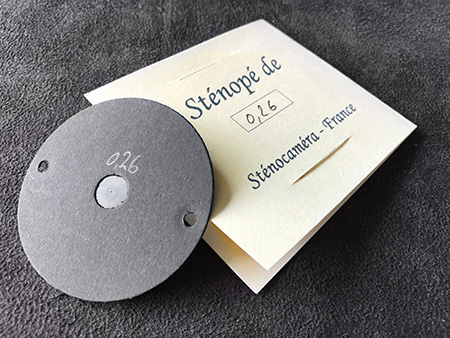
4x5 film holders (not supplied) can be loaded with color negative film, black and white and even black and white paper " positive direct" manufactured by Harman (direct positive paper) and Imago (BW Direct Positive Paper) that allows to get a positive original black and white directly.

 Taking pictures
Taking pictures
Taking pictures with the ST-45 is a real pleasure, having practiced in recent years with digital medium format material, I must say that rediscover the film black and white with a pinhole is very positive: here no viewfinder, no electronics , no question about depth of field or focus. The only things we have to focus on are the point of view and the measure of light. It is a photography going to the point and it is good to come back sometimes!
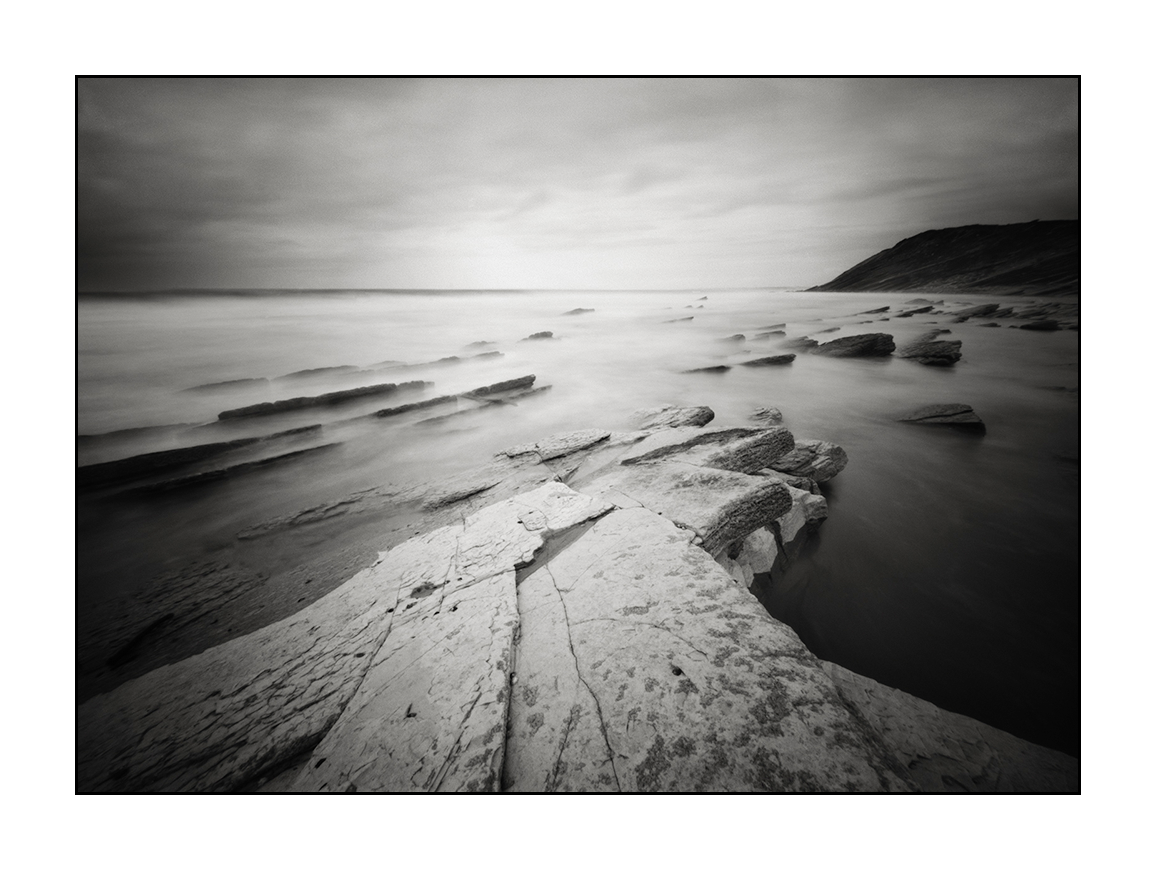
You will surely notice that there is no shutter on this pinhole, it is the ancestral technique of the " cap" which is used: the lens cap is placed in front of the pinhole, this lens cap is removed and film exposure begins. At the end of the exposure time the cap is put back on the pinhole to stop the light. Exposure times ranging from a few seconds in full sun to several minutes if the day is cloudy, a manual shutter accuracy of the order of a second is largely sufficient!
Let's imagine that we are at an aperture of f/8, the ST-45² aperture being f/162 this corresponds to closing another 8 and 1/3 diaphragms after f/8! If you use negative film, there is a good chance that the exposure time calculated by the light meterl will be outside the reciprocity zone of the film, it will therefore be necessary to add exposure time in order to compensate for the difference in the reciprocity of the film you are using! We therefore very quickly arrive at exposure times of several minutes, giving an inimitable cachet to the images but greatly complicating the calculation of the final exposure time of the image!
|
LAW OF RECIPROCITY AND RECIPROCITY DEVIATION |
|
|
In film photography, a film reacts linearly depending on the amount of light reaching it and its exposure time: This direct and linear relationship between the amount of light reaching the sensitive surface (the film) and its exposure time characterizes the law of reciprocity. But it is only valid within a given exposure time range; for ultra-short exposure times (for example 1/10,000th of a second) or long exposure times (for example 100 seconds), this law no longer applies and the time given by the light meter will have to be corrected. Film manufacturers generally give values of the reciprocity range in a technical pdf, Kodak for example on the pdf for the TriX 320 and 400 (page 2, top left), the reciprocity law is valid between 1/1000 and 1/10 of a second (since the correction is at 0), for exposure times outside this range it will be necessary to correct the exposure time given by the light meter. This is what is called the deviation from reciprocity or also Schwarzschild effect. |
|
|
|
With a pinhole camera, given the f/162 aperture, it's not uncommon to easily go outside the reciprocity range. To help us, we've equipped the ST-45² with a very useful little sticker on its back: It will allow you to take a light measurement using a digital camera or a handheld light meterl ( aperture set to f/22 and film sensitivity ) and then read the line corresponding to the exposure time given by the light meter. For example, using Kodak TriX 320 (left side of the table), if your meter reading at f/22 (ISO 320) gives you 1/30th of a second, you will need to expose for 6 seconds with the pinhole camera (including the reciprocity deviation). Another example, using Ilford Hp5+ 400 film, if your digital camera gives you 1 second at f/22 (ISO 400), then you will need to expose for 7 minutes with the ST-45 camera. We can easily see from the tables that the reciprocity deviation quickly increases exposure times, so it is essential to take this correction into account! Two common films are listed on the back sticker (Kodak TriX320 and Ilford HP5+ 400). To get correction values for other films you can do your own research: The Kodak website for PDF film technical information: The Ilford website for PDF film technical information: |
If you use an iPhone, the PINHOLE ASSIST app' is really excellent: it allows to enter the actual aperture of your pinhole, to inform the film used and to use the integrated camera as a light meter. Exposure time is then calculated, taking into account the reciprocity failure please! For the most motivated, it is even possible to enter your own reciprocity failure curves!

PINHOLE ASSIST application
for light measurement
calculation of the reciprocity failure for the film used
The rendering of pinhole in 4x5 format is very pleasant: the center of the image is defined enough to have a sufficient feeling of detail even when one approaches very close to a draw, the fuzziness and vignetting on the edges and the corners of the print are particularly aesthetic. As I said at the beginning of this article, it is clear that even the center of the prints is much less clear than if the photo had been made with a digital camera with 20 million pixels -) In addition, the absence of optical lens allows the rendering of the perspective in a very natural way despite very open angles of field, something that is not feasible on a system with conventional optics.
Practicing film photography with a 4x5 pinhole in 2025 may seem anachronistic: yes, precisely, it is this shift that allows to work differently and to produce images with this particular aspect. Add to the particularity of rendering the pleasure of working in large format film, after several years in digital it is a real pleasure to find the darkroom and smells of black and white chemistries!
4x5" films from a pinhole camera are very easy to scan: here you don't need very high resolution to extract all the informations present on the film, between 1200 and 2000 dpi will be sufficient and a flatbed scanner equipped with a transparency back (like the Epson V700 or equivalent) will be perfectly adapted.
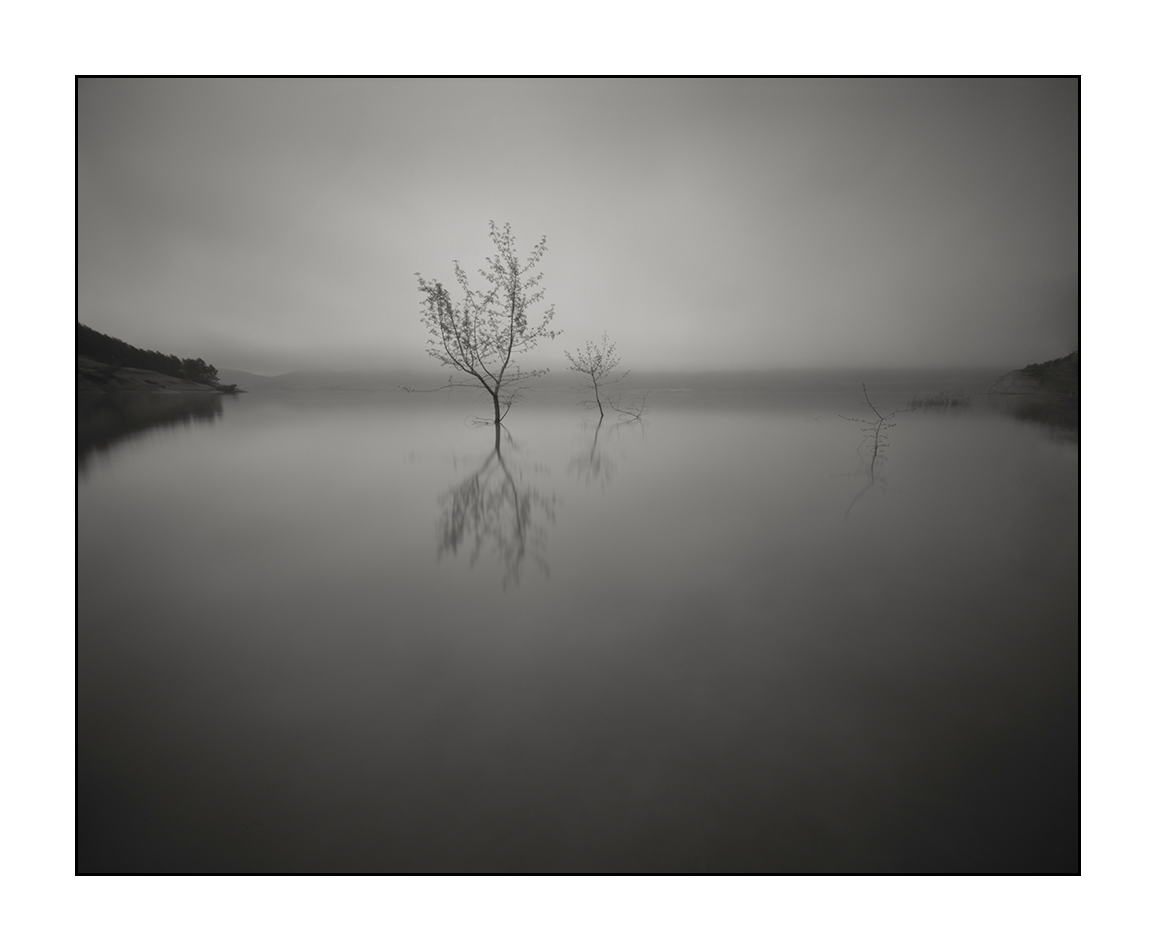
 The pricing
The pricing
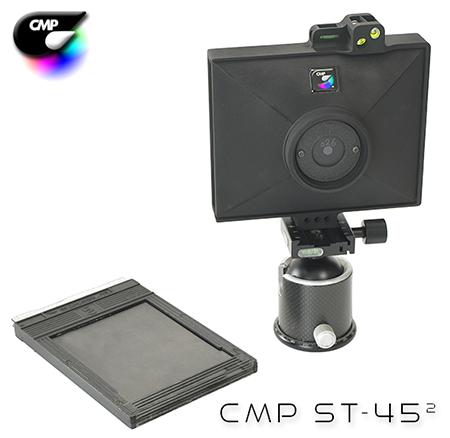
The CMP ST-45² Pinhole camera (4x5 inch format) is delivered ready-to-use ( 4x5 film holders are not supplied ), the tripod mount is in Arca Classic format, a standard tripod adapter for Kodak screw is available as an option. The actual launching price is 264,50 € (normal price 288,50 €).

standard tripod adapter ( tripod with standard kodak screw to ARCA Classic camera mount )
Your payment can be done with PAYPAL, click on the links in the table to access your paypal cart), or by bank transfer ( contact me for my bank details).
|
PINHOLE CAMERA CMP ST-45² 264,50 € ttc |
|
|
Tripod adapter Arca / Kodak screw 24,50 € ttc |
|
Copyright(c) 2025 christophe métairie photographie. Tous droits réservés.